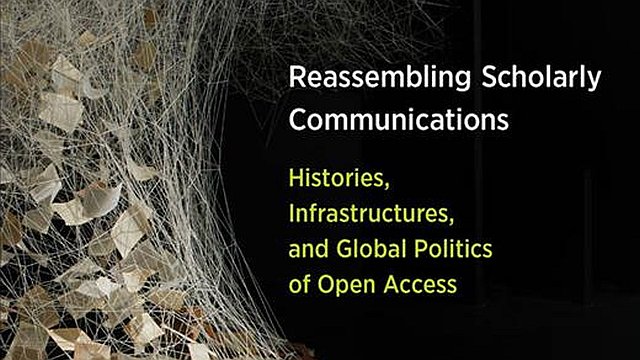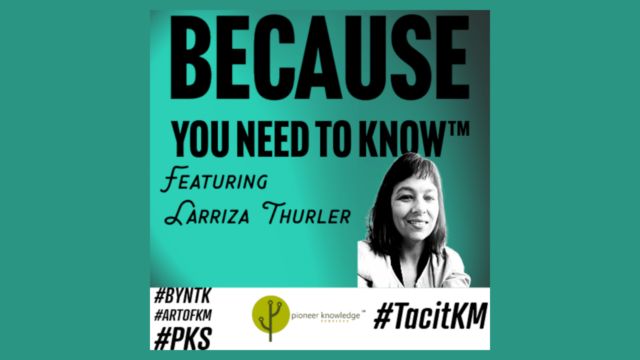
Analysis & counterpointsOpen access perspectives
How you can be part of the “open movement”, and “work open”
This week is Open Access Week, which provides an ideal opportunity for you to think about how you can become part of the “open movement”, or even go beyond this to “work open”.
First, understand the “open” terminology
You’ve probably heard terms like “open access”, “open data”, or “open science” bandied around, but do you know all of the current “open” terms, and what each of them means? It’s important to understand the “open” terminology:
- Open movement is the overall name given to the collection of open activities below, and to the people who participate in and advance the “open” cause.
- Open access (OA) “refers to online research outputs that are free of all restrictions on access (e.g. access tolls) and free of many restrictions on use (e.g. certain copyright and license restrictions).”
- Open source software “supports the use of open-source licenses for some or all software … The term “open source” requires that no one can discriminate against a group in not sharing the edited code or hinder others from editing their already-edited work. This approach to software development allows anyone to obtain and modify open-source code.”
- Free and open source software (FOSS) “is software that can be classified as both free software and open-source software. That is, anyone is freely licensed to use, copy, study, and change the software in any way, and the source code is openly shared so that people are encouraged to voluntarily improve the design of the software.”
- Open data “is the idea that some data should be freely available to everyone to use and republish as they wish, without restrictions from copyright, patents or other mechanisms of control.”
- Open science “is the movement to make scientific research, data and dissemination accessible to all levels of an inquiring society, amateur or professional. It encompasses practices such as publishing open research, campaigning for open access, encouraging scientists to practice open notebook science, and generally making it easier to publish and communicate scientific knowledge.”
- Open research “is research conducted in the spirit of free and open-source software. Much like open-source schemes that are built around a source code that is made public, the central theme of open research is to make clear accounts of the methodology freely available via the internet, along with any data or results extracted or derived from them.”
- Open notebook science “is the practice of making the entire primary record of a research project publicly available online as it is recorded. This involves placing the personal, or laboratory, notebook of the researcher online along with all raw and processed data, and any associated material, as this material is generated.”
- Open collaboration “is any system of innovation or production that relies on goal-oriented yet loosely coordinated participants who interact to create a product (or service) of economic value, which they make available to contributors and noncontributors alike.”
- Open work or working open “can be understood as a set of cultural practices around work that have their roots in the free and open source software community and, to a degree, approaches to human-centered and ‘agile’ design.”
- Open innovation has become a key trend in innovation theory and practice. It can be described as “combining internal and external ideas as well as internal and external paths to market to advance the development of new technologies.”
- Open educational resources (OER) “are freely accessible, openly licensed text, media, and other digital assets that are useful for teaching, learning, and assessing as well as for research purposes.”
- Open curriculum is a newly proposed approach in which students participate in curriculum development.
- Open knowledge and open knowledge management are newly proposed terms. Open knowledge is described as being generated in the open innovation environment, abiding by existing intellectual property frameworks, being a public knowledge resource, and supporting reuse, revision, remixing, and redistribution. Current shifts in the balance between the public domain and private province for intellectual property create the opportunity to explore open knowledge not just as a pattern, but also a governance mechanism through open knowledge management.
Second, consider your “open” options
Read the JISC guide Open by default?, which provides information on:
- Open access tools, principles, and rights
- Creative Commons licences
- Open access research publication models
- Open access requirements
- Implications for institutions
Third, take the step to “work open”
The ultimate expression of the open movement is to “work open”. To find out how to “work open”, see the following information:
Also published on Medium.





